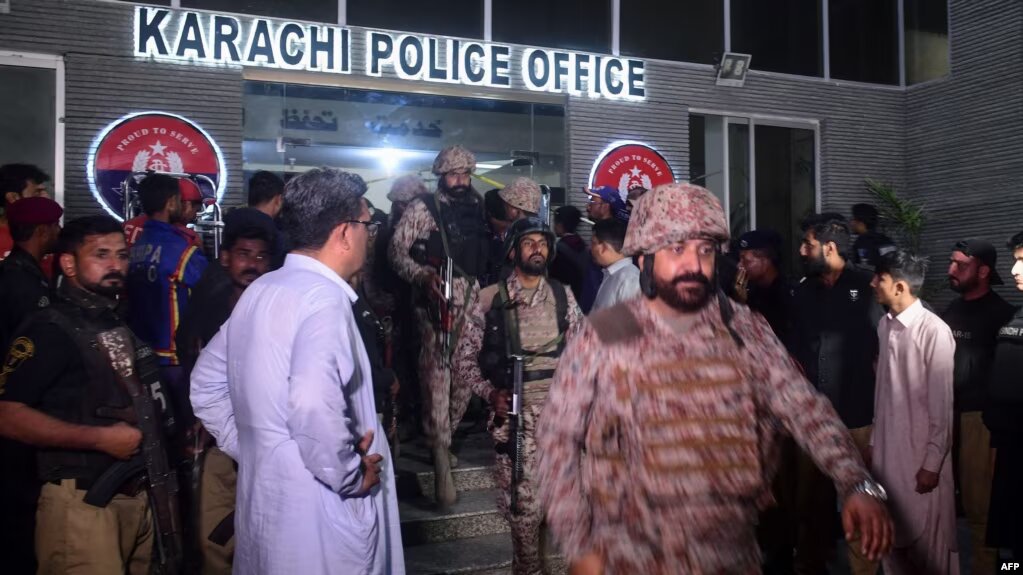The 10th edition of the Global Terrorism Index (GTI), published by the Institute for Economics & Peace (IEP) in Sydney, shows that while Pakistan saw a sharp rise in terrorism deaths, more than doubling from 2021, Afghanistan saw a decline in terrorism deaths in 2022 as a result of the Taliban taking over the government.
While the number of terrorist deaths rose from 292 in 2021 to 643 in 2022, Pakistan saw the second-largest rise (120%) behind Burkina Faso, which accounted for 17% of all terrorist deaths worldwide.
The GTI makes use of Dragonfly’s TerrorismTracker database, which has organised and detailed details of each terrorist occurrence recorded in the public domain since January 2007. The number of attacks, fatalities, injuries, and hostages taken make up its four components.
The Balochistan Liberation Army (BLA), a “ethno-nationalist organisation,” has increased its attacks, which have resulted in 233 deaths since 2021, a nearly ninefold increase. This has been the primary driver of Pakistan’s considerable surge in the number of terrorist casualties.
The organisation was founded more than 20 years ago in response to escalating animosity in Balochistan towards what locals saw as the Pakistani government’s extortion of the area’s natural resources and treatment of the Baloch people as second-class citizens.
Activity by the Taliban in Pakistan (TTP) and the Islamic State in Khorasan Province (ISK), which saw a sevenfold increase in ISK deaths to 131 and a tenfold increase in TTP deaths to 76 respectively, were also major factors in the rise in fatalities in Pakistan.
This is the highest year-over-year increase in the past ten years in terms of terrorism-related fatalities. It is the third year in a row that this has occurred. The GTI report noted a rise in lethality to 2.2 individuals murdered per attack on average while noting that the number of terror-related incidents remained largely stable, with 206 incidents in 2021 and 298 in 2022.
It was reported that most terror attacks were centred along Pakistan’s border with Afghanistan, and that the Pakistani military continued to be the most frequent target of attacks, accounting for 55% of all casualties from terrorism.
When militants bombed and opened fire at two different Frontier Corps security installations in the province of Balochistan in February 2022, it was Pakistan’s bloodiest terrorist assault of the year. Even though there was no official confirmation of the death toll, the BLA issued a statement claiming credit for the attacks and claiming that they were responsible for the deaths of 195 troops in total.
Khyber-Pakhtunkhwa was the scene of Islamic State Khorasan Province’s (ISK) bloodiest incident in Pakistan in 2022, which involved a suicide bomber that targeted a Shia mosque during Friday prayers and resulted in at least 56 fatalities.
The assessment noted that there is a good chance that terrorist activities will continue along the Pakistan-Afghanistan border.
The Sahel region of sub-Saharan Africa was also discovered to be the current epicentre of terrorism, with more terrorist fatalities there in 2022 than in South Asia, the Middle East, and North Africa (MENA) all together.
For the seventh year in a row, Islamic State (IS) and its affiliates were also the deadliest terrorist organisation on the planet.
